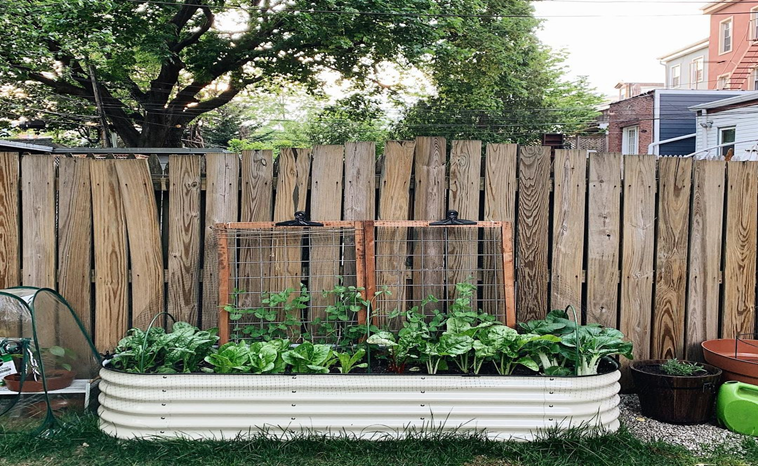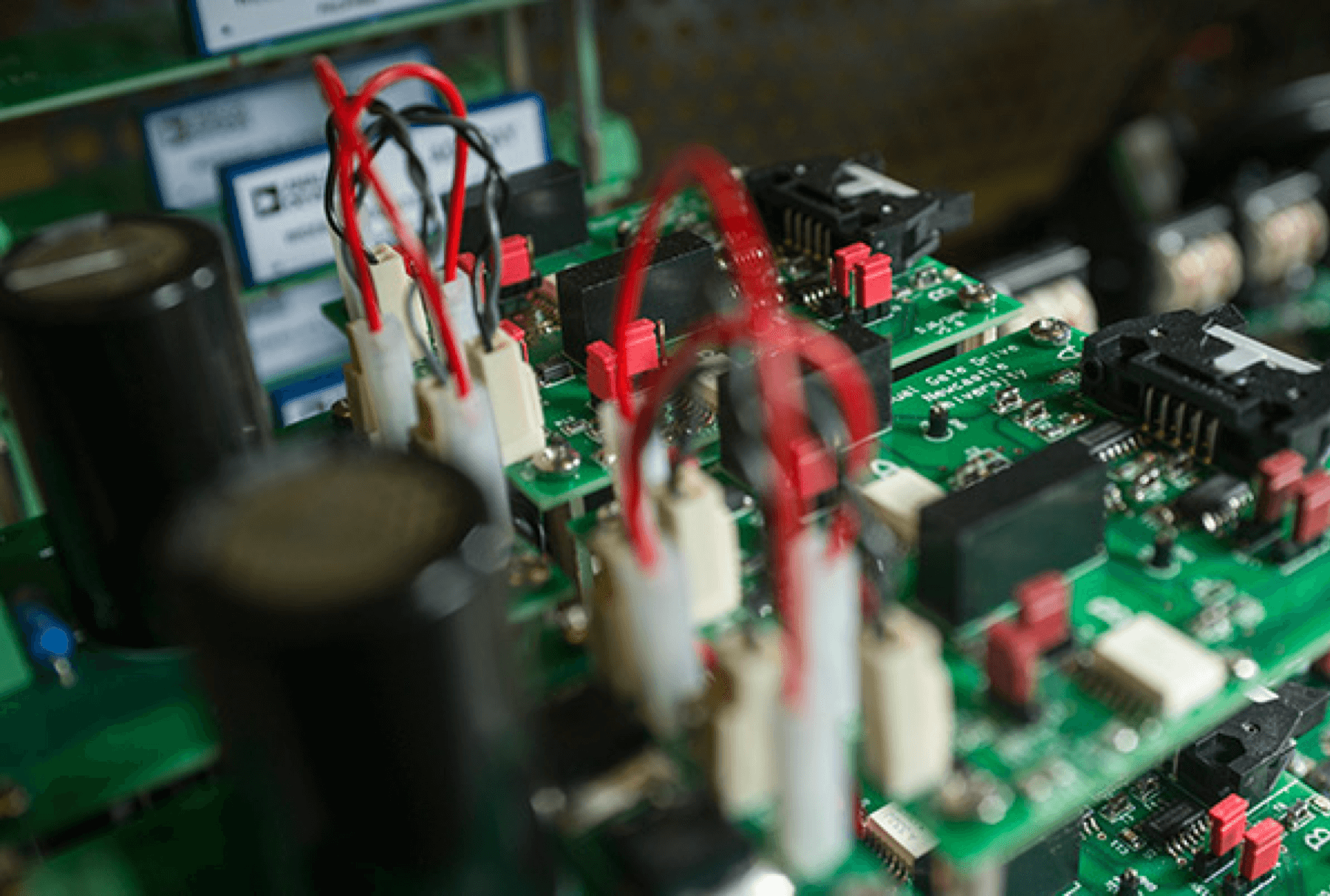The last thing anybody would want to see in their home is mold. It’s usually found under the kitchen sinks, in corners of bathrooms, or even on the ceiling and within the walls. There’s an explanation for these common places: moisture. Moisture is the main contributing factor to mold.
Mold growth is harmful to people’s health and let’s be honest, frankly quite disgusting. Not taking proper care of the environment and cleanliness of your home can potentially lead to mold growing in different corners or things within your home. And yes, by ‘things’ we mean furniture, clothes, carpets, and anything wood.
How Is It That Mold Can Grow Indoors?
So what mold really is, is that it’s a sort of fungus that you would normally find outdoors. As long as it’s growing anywhere the outdoors that’s totally fine, but if you were to find it indoors, it is something of concern. But first, how does mold get indoors?
You probably already know this but any sort of fungi is usually in the form of tiny particles, which when bunched together become visible to the naked eye. That is how mold can easily get into your homes – because its particles are microscopic in size.
Only when it grows exponentially that you begin to actually see it. It’s usually found in a white or green color just like any general fungi, but it can also take an orange or black shade too just so you know.
Mold can find its way indoors through windows, vents, and even our homes’ heating and air conditioning systems – through airborne means basically. But that’s not the only way it can travel indoors. Mold spores can even attach themselves to our clothes, shoes, the bags we carry, and our pet’s coat too. These spores then settle into our homes and wherever there is excess moisture or leaks, they tend to grow there.
Why You Should Be Concerned If You Spot Mold within the Home
Mold is not an ordinary fungus that you think can be taken care of instantaneously. For instance, if you see a patch on your wall or ceiling or in the bathroom tiles, chances are there is more growth beneath the surface. There are ways to get rid of mold and keep your home environment clean to prevent it from settling and growing in the first place, but first, you should understand how mold presents a health hazard for people.
Mold exposure is known to result in respiratory issues like coughing and wheezing in healthy people. Imagine how intense it would be for people with asthma, hypersensitivity pneumonitis, and other immunocompromised health problems. This is what a 2004 study by the Institute of Medicine found sufficient evidence on.
Other than that, generally, mold contains allergens that can trigger allergies for individuals – in some cases mild irritation of the eyes, skin rashes, or symptoms like sneezing, cough, and fever-like symptoms, while it could potentially be quite toxic in other cases. You never know how intense it can get.
Long enough exposure to mold even over a short period of time (like a couple of hours) is enough to trigger any of the above symptoms. That is why you should ideally never touch mold with your bare hands; always wear gloves. And here is how you can prevent the problem of mold growth within your home.
Ways of Preventing Mold Growth Indoors
As we already said, mold grows where there is moisture present. You can’t obviously prevent mold spores from entering your homes given that it’s mostly through airborne means, but what you can do is prevent it from settling in.
- Tackle the Moisture Problem Indoors
Moisture is the core reason behind mold growth. It thrives on it. For that, you must make sure the environment of your home is not humid. Maybe try out the Honeywell dehumidifiers for that. It keeps the moisture out and regulates the air within the home.
- Check for Leaks
Leakages in our homes are one of the contributing factors to moisture being present in the air. You would find that in closed cabinets underneath bathroom and kitchen sinks there tends to be mold growth, and for that reason only. But in rare instances, leakages in pipes within the structure of the homes can be a whole other level of problem that needs resolving – and quickly because mold can spread faster because of it.
- Deep Cleaning of Your Home
Mold as you already read above, finds its way into our homes – kind of like the way dust particles do. In the same way that you would deep clean your home to get rid of dust and just clean your home, you should clean the mold frequently so that mold spores do not settle into your home. Even if they do, with a deep clean they can get taken out!




